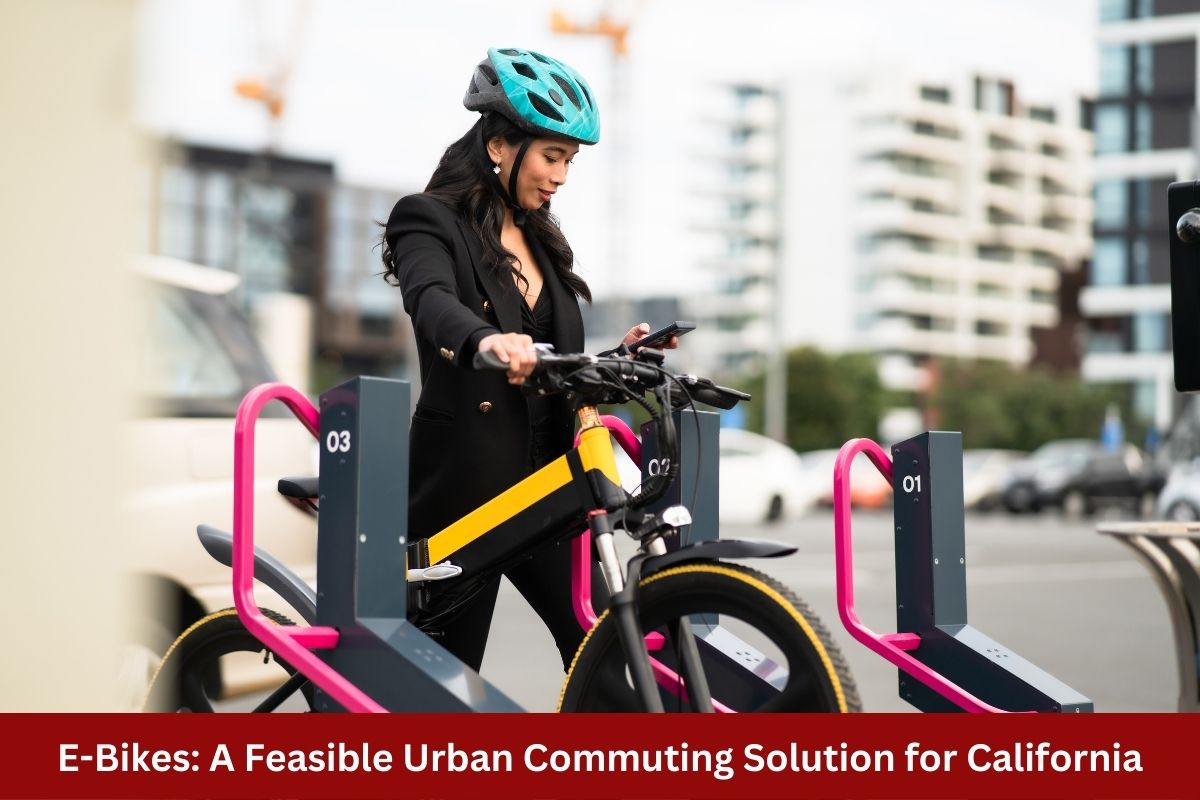Within California, traffic congestion, air pollution from transportation, and inadequate public transportation systems contribute significantly to the daily challenges faced by urban commuters. In an effort to find an environmentally-friendly, cost-effective, and efficient mode of daily transportation, there has been an increasing interest in electric bikes (e-bikes) across the state. This essay examines the feasibility of using e-bikes for daily urban commuting in California, by discussing current transportation infrastructure, pros and cons of e-bikes, and providing recommendations for those considering a switch to e-bikes.
Current Transportation Infrastructure and Issues in California
California is home to some of the largest and most congested metropolitan areas in the United States. Issues with traffic congestion not only lead to lost productivity but also significantly contribute to greenhouse gas emissions from the transportation sector. A lack of sufficiently reliable public transportation systems further exacerbates the problem. Coupled with air pollution concerns and limited access to safe bike lanes, it becomes vital to explore alternative modes of urban commuting in California.
Advantages of E-Bikes
- Cost-Effectiveness: E-bikes are generally more cost-effective in terms of maintenance and energy consumption compared to traditional gas-powered vehicles. While upfront electric bike costs might be higher, users can save money in the long run, particularly with increasing gas prices in California.
- Environmental Impact: E-bikes generate low to no emissions, thus reducing air pollution and building a greener, more sustainable urban environment.
- Efficiency: E-bikes provide time-saving benefits by avoiding traffic congestion and seeking alternative bike-friendly routes that may not be accessible to traditional vehicles. Furthermore, e-bikes’ lower average speeds allow for more predictable travel times.
- Health Benefits: E-bikes merge the advantages of traditional cycling, promoting healthier and more active lifestyles, whilst offering an added boost to make longer commutes more feasible.
Disadvantages of E-Bikes
- Safety: The higher speeds, weight, and complexity of e-bikes can lead to potential safety risks, both to riders and pedestrians. These concerns necessitate investments in bike-friendly infrastructure, such as protected bike lanes and awareness campaigns to educate both e-bike users and the public.
- Regulatory Policies: E-bike regulations vary by state and city in California, potentially creating confusion for users. Standardizing these policies can boost the adoption and safe use of e-bikes statewide.
- Liability Issues: There’s a need to create clearer legal frameworks surrounding e-bike use, establishing responsibility and liability regarding accidents, insurance, and registering e-bikes.
Recommendations
- Invest in Safe Infrastructure: California should invest in e-bike-friendly infrastructure, such as protected bike lanes and charging stations, to enhance safety and promote widespread adoption.
- Rider Education: Prospective e-bike riders should be educated on the proper use, regulations, and maintenance practices to ensure a safe and enjoyable experience.
- Consider Folding E-Bikes: Folding electric bikes like the Maxfoot MF-19 offer users the benefits of portability and space-saving storage, making them ideal for commuters who have limited space at home or at work.
Conclusion
E-bikes offer a viable solution for daily urban commuting in California’s congested cities, with benefits pertaining to cost, efficiency, and the environment. However
